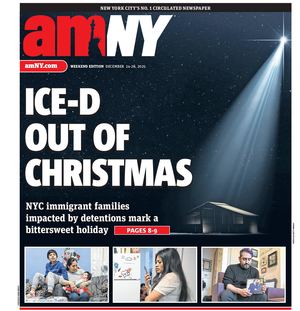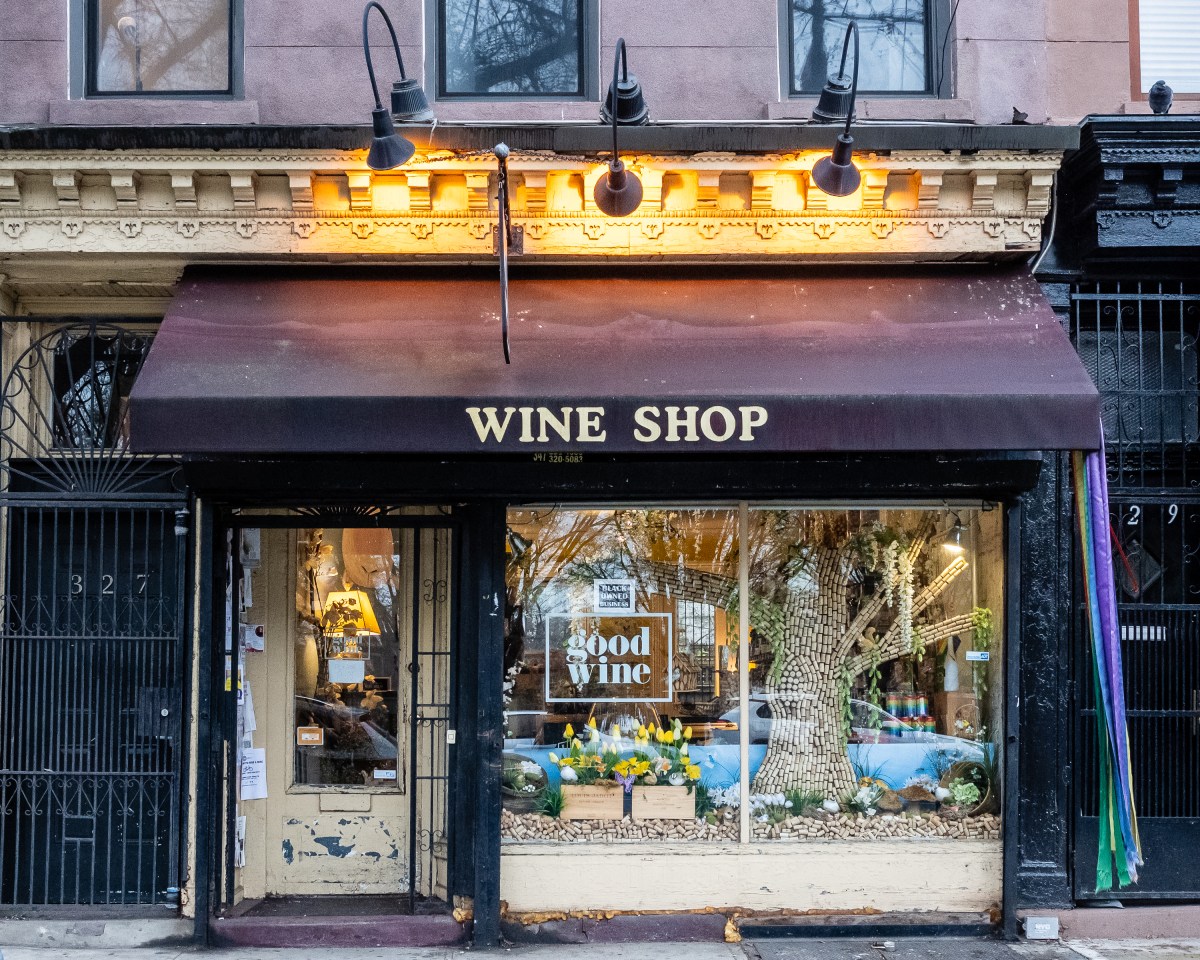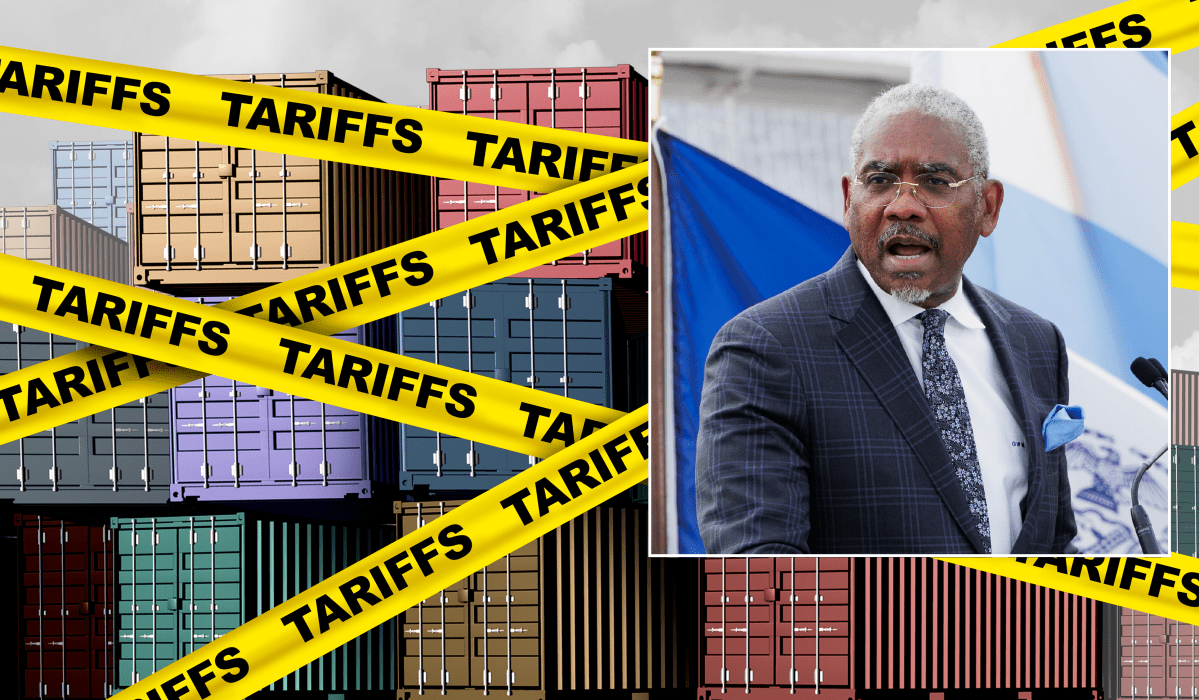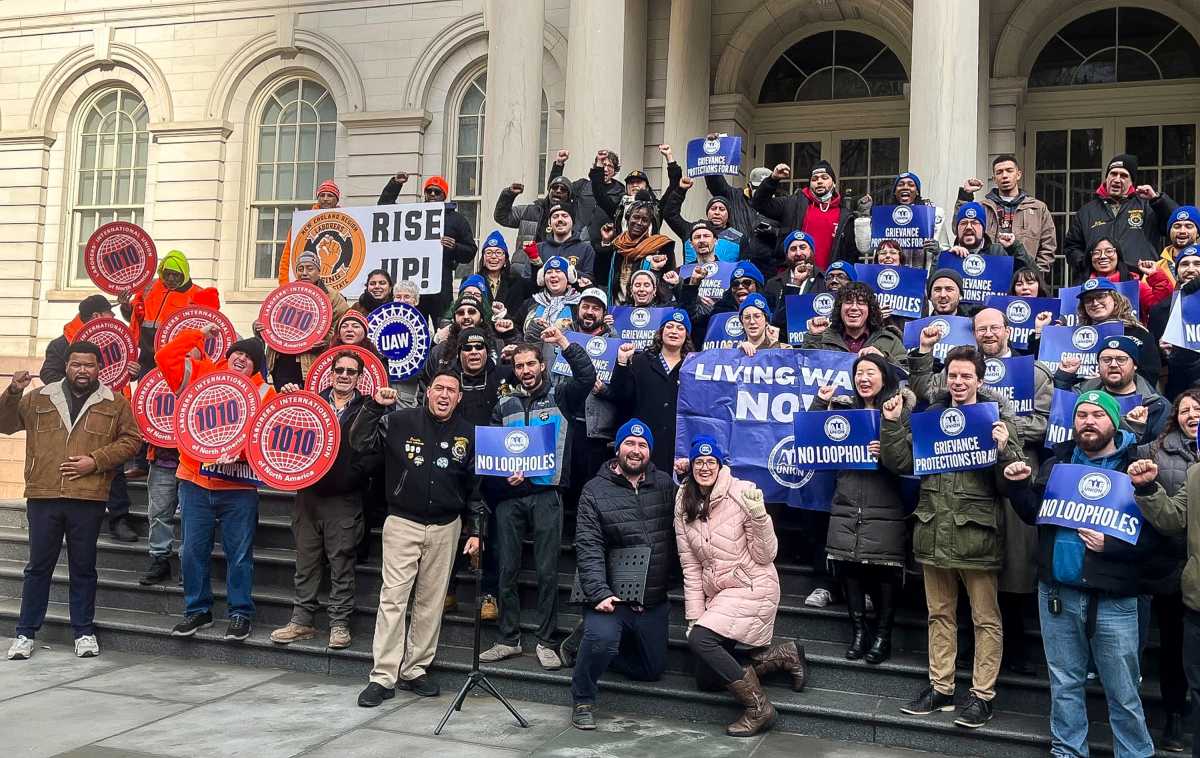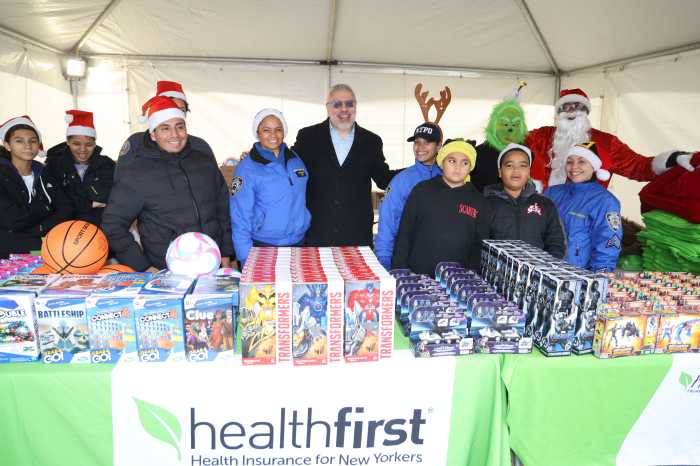As timeless as the play of Romeo & Juliet, a coffee house exists in the heart of Hell’s Kitchen, built on sustainable relationships with Colombian farmers and New Yorkers over the past two decades.
The recent economic tensions and environmental issues have put this bond to the test and resulted in price hike and supply shock in the coffee supply chain.
Romeo & Juliet, run by Carlos Ramirez, has been serving New Yorkers with specialty Colombian coffee since 2012. As a young boy, Ramirez grew up on his family’s coffee farm in Colombia and moved to the US to continue his family business 25 years ago. Ramirez drinks 7-8 cups of coffee a day and “I don’t drink any other beverages,” said the cafe owner.
Ramirez imports 1 ton of green coffee beans every month from the coffee axis in Colombia. He chuckled when asked about the price for importing them and said, “This is my business, I can’t tell you what I pay for the coffee.”
In the lush green hills of Andes Mountains, exists the world’s coffee axis known as “eje del café” in the epicenter of Colombia. Volcanic soil and humid tropical climate by the sunkissed slopes of this mountainous region, fuels the production of high-quality Arabica beans. This region was also named a UNESCO World Heritage Site in 2011 for being a symbol of sustainable cultural landscape.
Having deep family roots in this region, the Giraldo brothers opened a small roasting plant in the Quindío capital decades ago before opening Romeo and Juliet Coffee House in Hell’s Kitchen.
“America runs on Dunkin” is more than just a catch phrase for a donut chain; the truth is Americans love their coffee and their caffeine fix. Every American drinks an average of 3 cups of coffee a day, according to the National Coffee Association, which expects a promising future for the nation’s love affair with the beverage. Accounting for 8% of the total revenue in the U.S food service sector, which USDA estimates to be $1.52 trillion in 2024, coffeeholics contribute over $120 billion to the economy.
From the standards perspective, the Coffee market (C-market) is divided into two types – commodity coffee, which is mass produced, and specialty coffee, which prioritizes quality and flavor. Romeo & Juliet Coffee House is a small-scale business of specialty coffee, importing its supply from their family farm in the Colombian coffee axis.
The global price floor set by the C-market primarily affects commodity coffee, leaving specialty coffee relatively unaffected. However, the recent Colombian El Niño, Brazil’s droughts and Vietnam’s heatwaves posed a major challenge for farmers to ethically source specialty beans in 2024. With the low supply of green coffee creating a supply shock in the C-market, the price of arabica beans climbed to around $4.41 per pound in early 2025 for the first time.
Ramirez had last lifted the price of his coffee in 2024 to overcome this ripple effect in the coffee supply chain.
The US imposed 50% and 10% tariffs on imports from Brazil and Colombia in 2025, prompting a surge in the pricing of caffeinated beverages sold in the country. As the world’s second leading importer of coffee, the US buys most of its coffee in the form of grounds, beans and solubles from Brazil and Colombia followed by Switzerland in recent years.
Hawaii is the only US state that grows coffee and it had chipped in 3.4 million pounds, accounting for 11% of the nation’s total consumption of coffee in 2024.
“I’m working on raising the prices of my coffee again. Almost everything costs three times more than a year ago. I’ve no idea what to do, because if I raise the price of my coffee three times, I will be out of the market. The only way to be alive in this business is by losing money,” said Ramirez.
When Ramirez estimates the price of his coffee, he needs to calculate the cost of rent, labor, and other expenses. He saw three Starbucks stores in the neighborhood close yesterday. “One of the reasons people know my coffee is because of its quality. The coffee itself doesn’t bring profit, it draws customers but it is the quality of that one cup of coffee that brings them back to my cafe and grows the business,” added Ramirez.
The National Coffee Association told amNewYork in a statement, “Coffee is a fixture in Americans’ daily lives and the U.S. economy, with two-thirds of American adults drinking coffee each day and every $1 in coffee imports generating $43 in value for the U.S. economy.”
The Federal Reserve Economic Data (FRED) from the St. Louis Fed showcases the escalation of the Consumer Price Index (CPI), for urban coffee prices by almost 21% over the last year. Moreover, the cost of one pound of coffee has climbed by approximately 97% over the past five years owing to several factors, including global supply, demand conditions, and more recently, tariffs.
A 16 Oz grande latte priced at $5.15 in 2023, now costs $5.60, reflecting approximately 8% price hike in two years at Romeo & Juliet Colombian Coffee house.
“If I’ve to bring low-quality coffee as an alternative, I prefer to close my doors,” said Ramirez.
